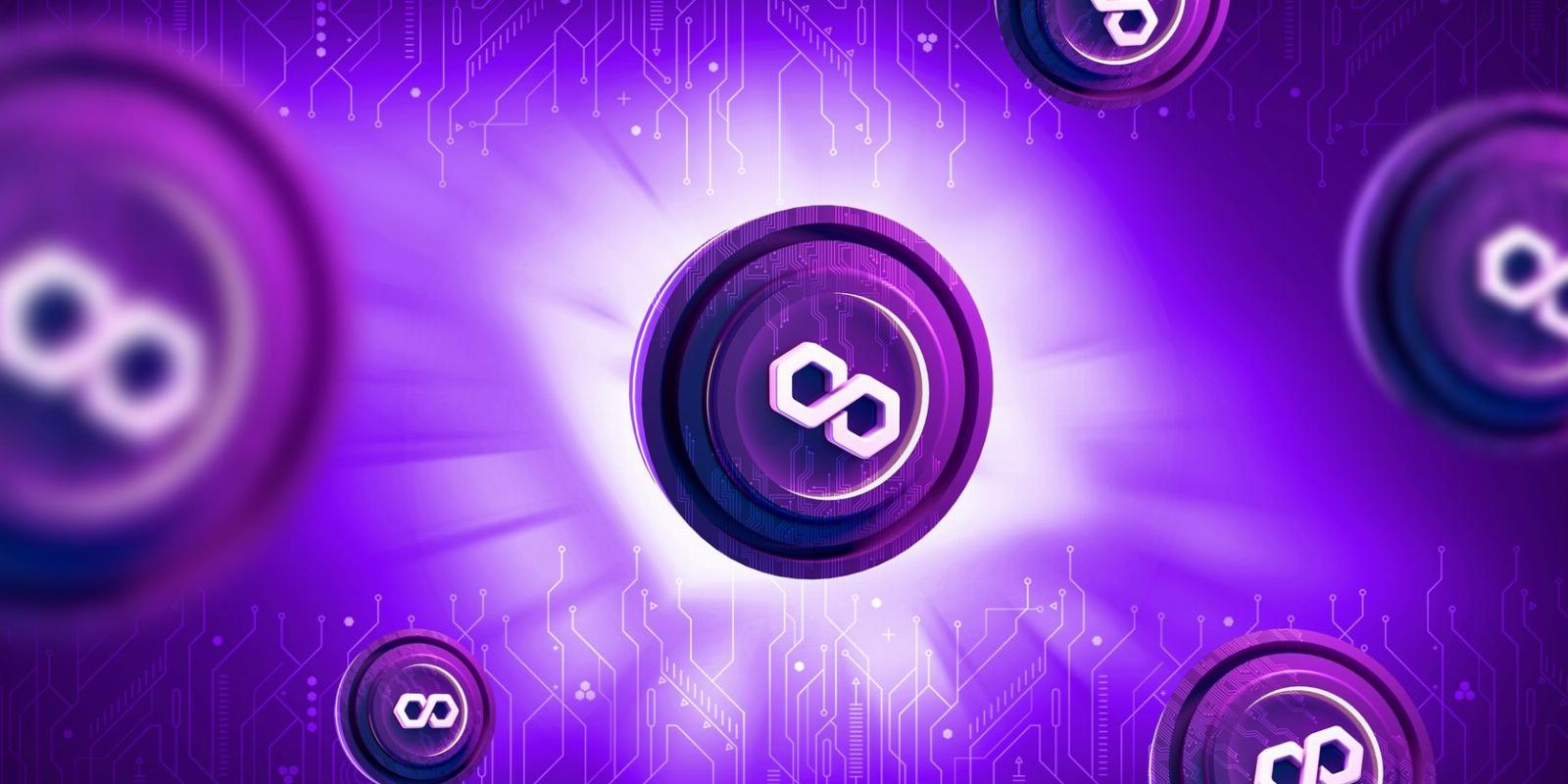
The Quick Guide to Using Polygon Bridge
Reading Time: 3 minutesPolygon Bridge has become a vital tool for Ethereum and MATIC holders, and this is how you use it.
With the rapid growth of blockchain projects, ensuring network compatibility has become a top priority for developers. One solution to this problem is cross-chain bridging.
The Polygon network is one of the leading names that has introduced a bridge that allows easy token transfers between the Polygon network and Ethereum, promoting interoperability and supporting the network’s scaling solutions. As a result, it is becoming an increasingly important tool for developers as it allows for integrating different blockchain networks.
Let’s dive deeper into the workings of Polygon Bridge and explore how to bridge tokens to this network.
What Is Polygon Bridge?
Polygon (MATIC) blockchain is one of the best Ethereum Layer 2 solutions. It offers scalable frameworks for platforms compatible with Ethereum, for which interoperability is necessary. That’s why the network introduced a bridging tool.
Blockchain bridges are designed to allow seamless token transfers. The cross-chain feature works on a trustless smart contract. It lets you securely transfer your ERC tokens, including the non-fungible tokens (NFTs).
Cross-chain bridges are applications that facilitate transactions between independent blockchains. One of the biggest problems faced by blockchains is that they’re isolated. This means that they can’t communicate with each other without the help of additional tools. This is where cross-chain bridges come in.
Polygon currently has two bridge options; one is a Proof-of-Stake (PoS) Bridge, and the second is a Plasma Bridge. Both MATIC bridges have their advantages. For example, where Plasma provides you with better security, the PoS Bridge will give you the convenience of instant withdrawals.
How Does Polygon Bridge Work?
Polygon bridge has a dual consensus mechanism which makes it efficient and decentralized. It uses an architecture that allows arbitrary state transitions on its side chains. Furthermore, it ensures that the bridge is compatible with Ethereum Virtual Machine (EVM) through which smart contracts on the blockchain are executed.
The bridging mechanism works while keeping the circulating supply of assets the same. When you transfer your assets from Ethereum to MATIC blockchain, it locks them on Ethereum and mints the same amount of 1:1 pegged tokens on Polygon.
Similarly, when you transfer the assets back to Ethereum from Polygon, it burns the pegged tokens and unlocks them on Ethereum.
The two types of MATIC bridges work with two different techniques for security. The PoS Bridge uses a proof-of-stake mechanism and relies on external validators. On the other hand, Plasma completely relies on the Ethereum blockchain’s security.
How to Bridge Tokens to Polygon Network With PoS Bridge
Polygon network allows you to bridge tokens in two ways by offering two types of bridges. Users mostly prefer the PoS Bridge as it is flexible and more convenient to use. Moreover, it supports many ERC tokens, including ERC-20, ERC-721, and ERC-1155.
If you want to transfer tokens from Ethereum to Polygon with the PoS Bridge, you need a crypto wallet like MetaMask. Knowing how to get started with MetaMask might come in handy if you do not have one. Once you have set it up, you can follow these steps.
- Firstly, go to the Polygon wallet and then click on Polygon Bridge.
- It will give you five wallet options; select yours to log in.
- Now, enter your wallet details to connect the wallet with Polygon Network.
- It’ll show a signature request for verification. First, verify the website URL and then click Sign. Once you link your wallet, you will be redirected to MATIC’s bridging interface.
- Next, deposit the tokens you need to be transferred to the Polygon network. Click on Deposit, select the name and amount of tokens you want to transfer, and click on Transfer.
- Now, carefully read the important reminders it shows and note the depositing time, which is usually seven to eight minutes. Then you may Continue.
- You can review the gas fee quote charged on the deposit. If you are satisfied with it, you can click on Continue. Then, review all the transaction details, including mode, amount, and gas fee, and click on Continue.
- Finally, you can approve the transaction in your MetaMask by clicking on Confirm.
The transfer may take up to 10 minutes. You can track its status through the progress tab or click on View on Etherscan.
To withdraw your Polygon back to Ethereum, switch to the Withdraw tab. The blockchains will switch places automatically, but you’ll have to choose between the PoS Bridge and the Plasma Bridge to complete your swap.
Polygon Bridge Is a Vital Crypto Tool
Polygon offers an impressive scalable infrastructure for Ethereum-supported platforms. Its cross-chain bridging mechanism makes it a convenient and cost-effective option for transferring your assets.
The network provides you with two bridging options; Plasma and PoS. Plasma Bridge is known for its robust security but is quite rigid. On the other hand, the PoS Bridge allows more flexibility, efficiency, and faster withdrawals.
Reference: https://www.makeuseof.com/guide-to-polygon-bridge/
Ref: makeuseof
MediaDownloader.net -> Free Online Video Downloader, Download Any Video From YouTube, VK, Vimeo, Twitter, Twitch, Tumblr, Tiktok, Telegram, TED, Streamable, Soundcloud, Snapchat, Share, Rumble, Reddit, PuhuTV, Pinterest, Periscope, Ok.ru, MxTakatak, Mixcloud, Mashable, LinkedIn, Likee, Kwai, Izlesene, Instagram, Imgur, IMDB, Ifunny, Gaana, Flickr, Febspot, Facebook, ESPN, Douyin, Dailymotion, Buzzfeed, BluTV, Blogger, Bitchute, Bilibili, Bandcamp, Akıllı, 9GAG